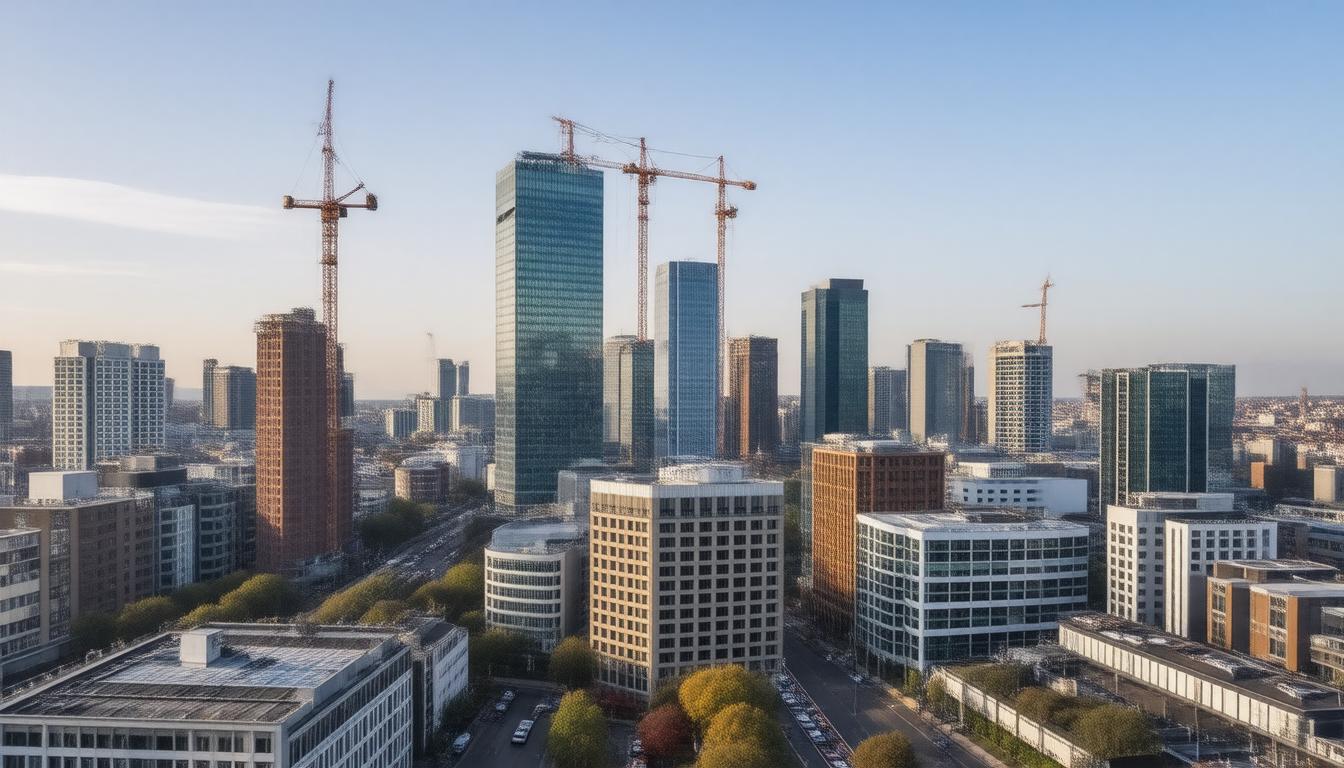The European real estate market is experiencing a transformative phase characterized by significant repricing, reminiscent of the Global Financial Crisis (GFC). As property values have retracted by 20% to 40% and yields widened substantially, the current landscape presents unique investment opportunities, particularly as signs of recovery begin to surface. With increasing financing activity and stabilizing market conditions, now may be an opportune moment for investors to capitalize on high-quality properties at adjusted valuations. However, experts caution that this advantageous window might soon close as the market progresses towards a recovery phase in the coming months. This article delves into the current dynamics of the European real estate market, highlighting emerging trends in debt financing, investment climate, and the implications for future market stability.
Key Takeaways
- Property values in Europe have significantly dropped, presenting a chance for investors to acquire high-quality assets at lower prices.
- Increased debt market activity indicates a competitive lending environment, creating favorable financing conditions for prospective buyers.
- With motivated sellers and fewer competitors, investors have a unique window to secure value-added returns before market dynamics shift again.
Market Dynamics and Valuation Opportunities
The European real estate market has experienced significant shifts over the last two years, marked by a repricing that echoes the severity of the Global Financial Crisis (GFC). This environment has created distinctive investment opportunities for savvy investors, particularly as signs of recovery become evident due to revitalized financing activity and improved financial conditions. Notably, property values have decreased between 20%-40%, accompanied by a yield expansion of 100-200 basis points on average; despite these fluctuations, many core market fundamentals remain robust, allowing investors the chance to acquire premium properties at newly adjusted valuations. Moreover, the debt capital markets have seen a resurgence, highlighted by a decline in ten-year bond yields and tighter lending margins, suggesting an intensifying competitive landscape among financial institutions. In particular, bond yields in countries like Sweden and Germany have stabilized at approximately 2% as of early November. For investors with liquidity, this moment presents a clear opportunity to engage with motivated sellers, all while facing fewer competitors in the field, which could enhance returns with comparatively lower risks. Furthermore, recent analyses indicate we may have traversed the lowest point of the current cycle, as portfolio valuations have demonstrated modest stability or slight increases over the last four quarters. This stabilization bodes well for future pricing prospects, reflecting a gradual improvement in market sentiment. However, experts advise caution; they believe that this advantageous investment window may begin to close in the next 12-18 months as the market trends towards recovery and transaction volumes, which have significantly contracted from 2021 highs, begin to rebound. Additionally, construction activities are currently subdued, not due to a lack of demand but because of surging development costs, complicating the supply of new properties. In summary, while the European real estate market is in a state of flux, it presents substantial investment potential; thus, investors are encouraged to move swiftly before market dynamics shift again.
Emerging Trends in Debt Financing and Investment Climate
As the European real estate market navigates through these turbulent times, analysts have begun to identify several emerging trends that could dictate future investment strategies. With the spotlight now on rising utilization of debt financing, many investors are turning to innovative funding structures to mitigate risks associated with this volatile landscape. Boutique lenders and alternative financing options, such as private equity real estate funds, are increasingly becoming essential in providing capital for transactions, especially in markets experiencing heightened investor activity. Furthermore, diversification of funding sources is being encouraged, including the integration of sustainable investments, whereby real estate projects that adhere to environmental, social, and governance (ESG) criteria are more likely to attract both institutional and private capital. This shift not only reflects a broader industry movement towards sustainability but also indicates a growing investor preference for aligning their portfolios with ethical investment principles, potentially driving more significant demand for green financing tools and projects in the near future.





